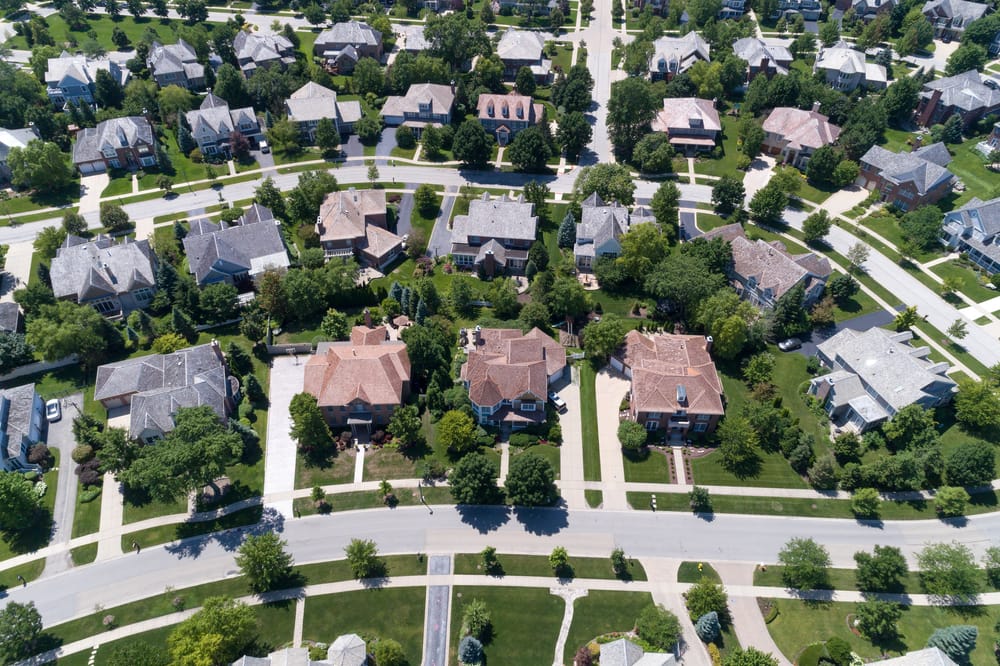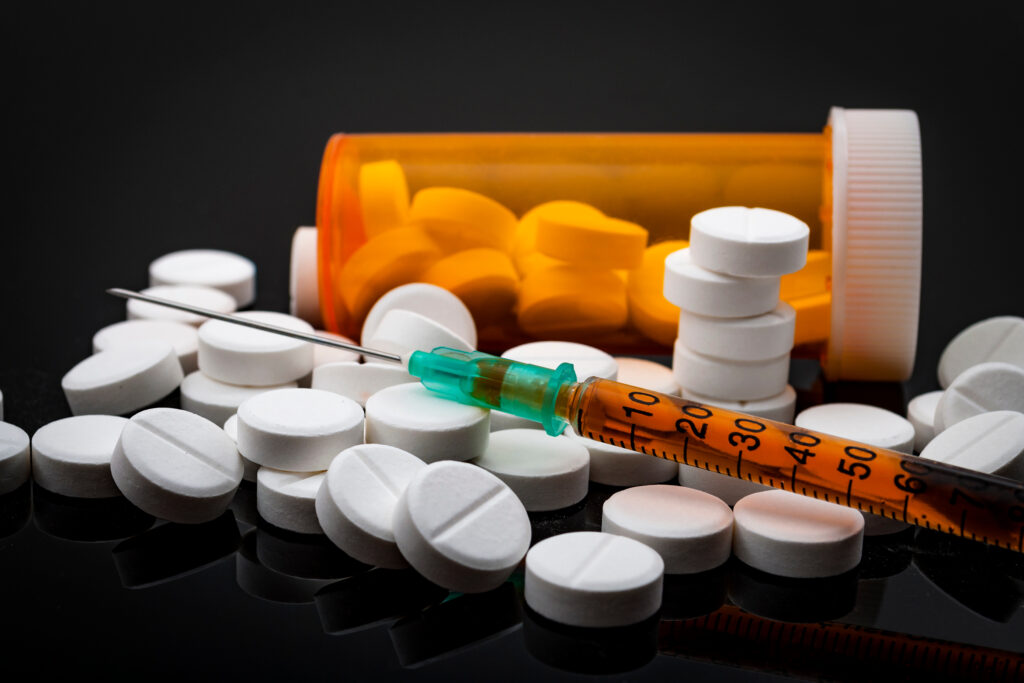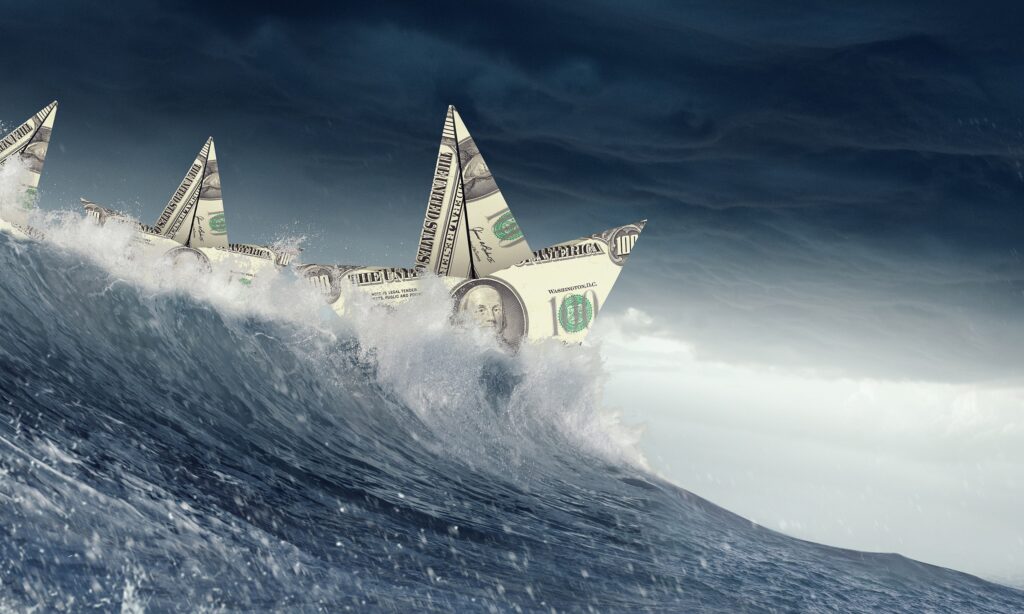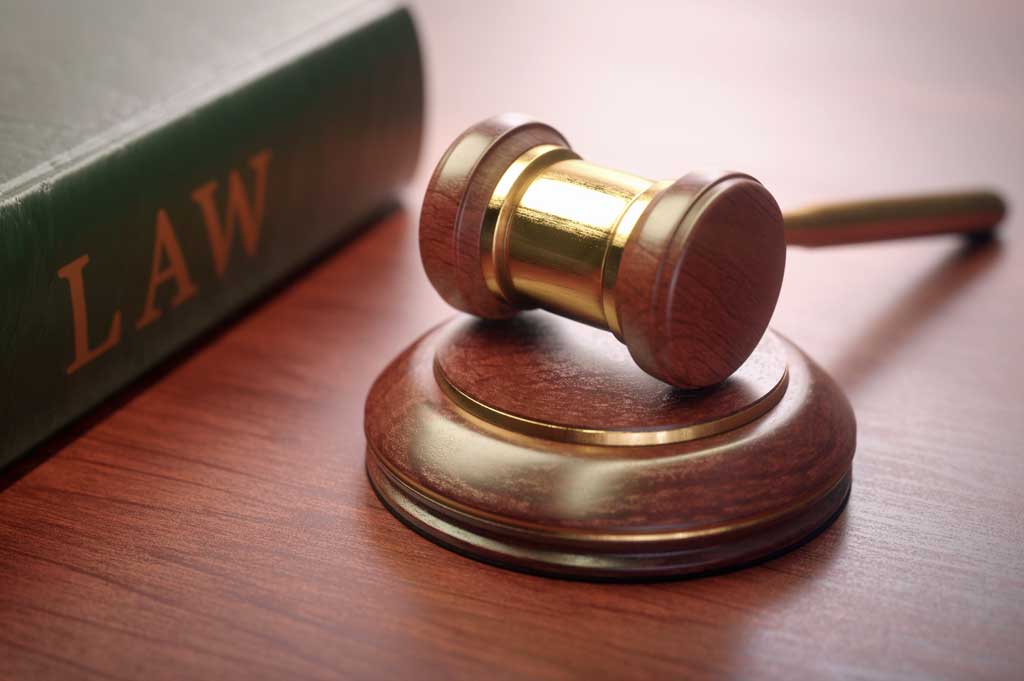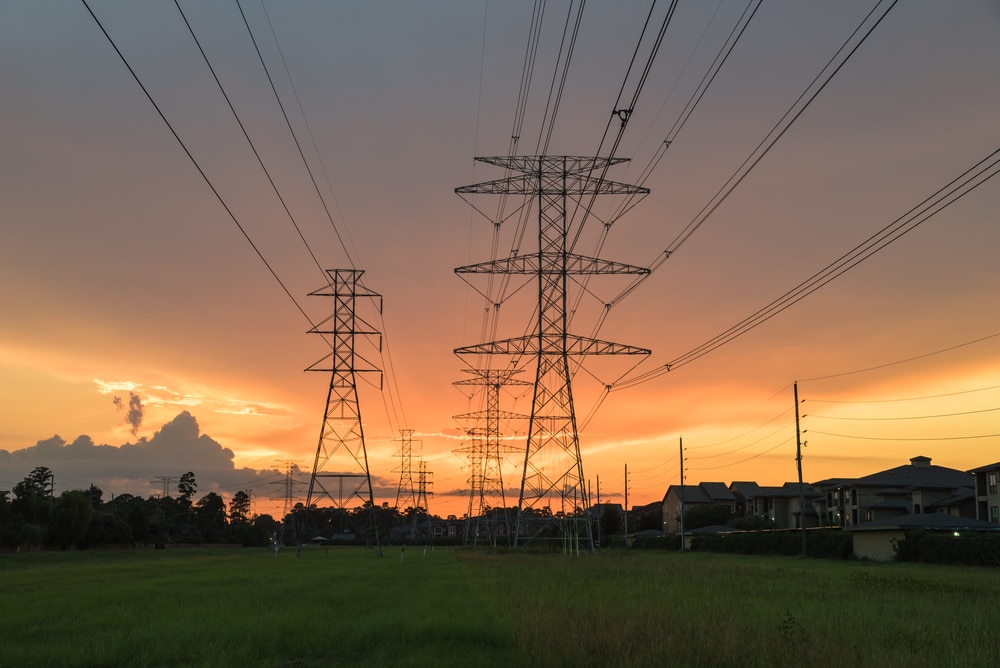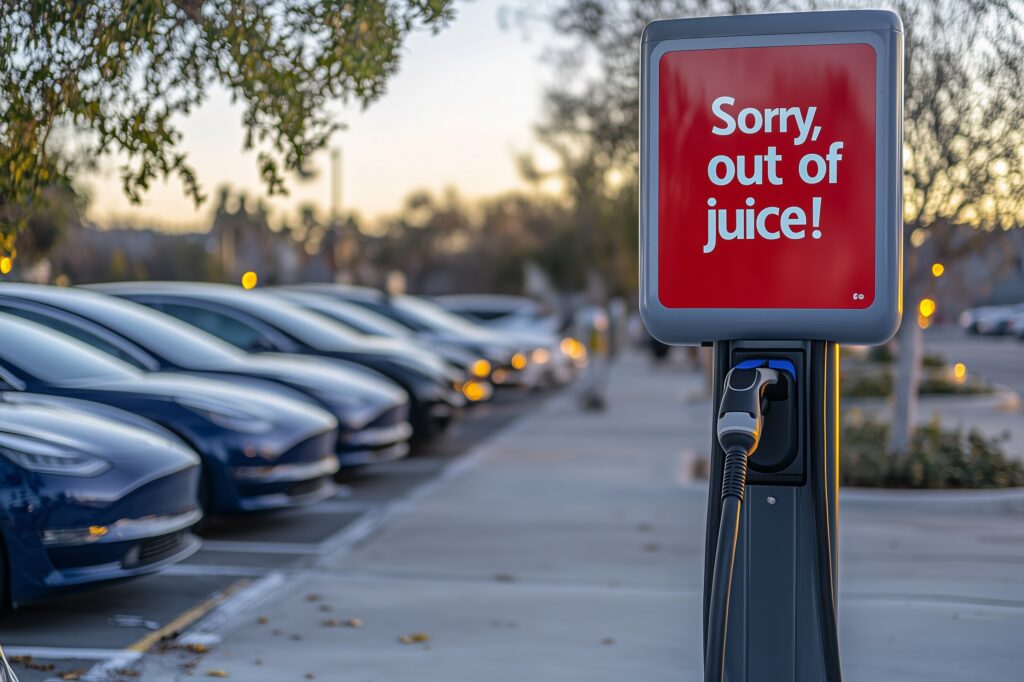Lowering the drinking age will have some bad effects. We should do it anyway.
For the first time in decades, the legal drinking age is back in the news, and nearly all the credit for that belongs to the Amethyst Initiative. Signed by 136 college presidents from across the country, the initiative calls on Congress to revisit the 31-year-old Uniform Drinking Age Act, which deducts 10 percent of the federal highway funds from any state that sets its drinking age lower than 21. For more than a quarter-century, no state has dared violate it.
Amethyst is a worthwhile initiative. It’s one I support. And given the proper framing and strategy, I believe it’s one that can prevail. But success will not come without a forthright and realistic assessment of the likely consequences of lowering the drinking age. They won’t all be positive.
The wrong approach, in my view, is the line of argument made by John McCardell, the former Middlebury College president who founded the pro-drinking-age-reform organization Choose Responsibility in 2007. Most advocates for lowering the drinking age repeat some variation of what McCardell told CBS’ 60 Minutes in 2009:
‘This law has been an abysmal failure,’ McCardell told 60 Minutes correspondent Lesley Stahl. ‘It hasn’t reduced or eliminated drinking. It has simply driven it underground, behind closed doors, into the most risky and least manageable of settings.’
Clearly, the analogy McCardell is drawing is to the War on Drugs, and to Prohibition before it. But there are some pretty obvious ways that the analogy is inapt.
The true folly of both Prohibition and the War on Drugs is the ways both enriched the violent criminal gangs who administer the black market. That’s just not true of the national drinking age; today’s alcohol producers and distributors are legitimate and, for the most part, law-abiding. That the barrier between licit and illicit alcohol use is sometimes porous doesn’t render a convenience store into the Medellín Cartel or InBev into Al Capone.
Moreover, the analogy to the War on Drugs breaks down when you consider the nature of the products in question. Those who oppose the War on Drugs favor legalizing marijuana – a popular, but largely benign vice – and decriminalizing harder drugs that are much more destructive, but thankfully, also much less popular. Alcohol has the unfortunate distinction of being both very popular and – for many, though not most, of its consumers – also very destructive.
Alcohol’s more destructive effects, and the role the national drinking age has played in tempering them, have left a rather inconvenient paper trail of data. This data can, has and will continue to be summoned readily by opponents to undermine the credibility of those who would characterize the law as “an abysmal failure.”
It also doesn’t help when some advocates of lowering the drinking age seek to apply the Prohibition analogy in ways that stretch credulity. Writing in Newsweek, Jeffrey Tucker of the Foundation for Economic Education essentially made the claim that lowering the drinking age would help solve the campus rape problem:
People speak of a rape crisis on campus, and whatever the scope of the problem, the fact that women under 21 must retreat to dorm rooms and frat houses to drink puts them all in a vulnerable situation. It’s hard to imagine that consent is really there when people are falling down, passing out and feeling mortified the next day about what happened. In fact, the law represents a true danger to women in particular because it prohibits legal access to safe public places to drink responsibly, and go home to a safe environment afterward.
Tucker is certainly right to highlight the role Greek life appears to play in campus sexual assault, given multiple studies showing that fraternity members are three times more likely to commit rape than other college men, and that sorority members are 74 percent more likely to be victims of rape than other college women. Of course, this was also a problem back in the 1970s, when the drinking age in many states was lower, and it’s not at all clear how lowering the drinking age would address the many issues raised by Greek life. It’s also not clear why “retreat[ing] to dorm rooms,” presumably to drink with friends, would be less safe than the obvious alternative – bars filled with intoxicated strangers.
Ironically, arguments like Tucker’s may actually be overstating alcohol’s role in sexual assaults. While alcohol is not infrequently a tool of rape, that is quite a different thing than being a cause of rape. According to a 2001 study from the National Institute of Alcohol Abuse and Alcoholism, alcohol use by either the perpetrator or the victim was present in about half of all sexual assaults. A sexual predator was present in 100 percent of them.
The problem of rape on campus is not that there are too few legal ways to get alcohol. The problem is that there are too many rapists on campus. They’ll be on campus whether the drinking age is 21 or 18, and alcohol is but one of many tools at their disposal. In any case, making it easier for them to buy alcohol does not seem likely to decrease the incidence of rape.
So, before some other advocate seeks to make a similar counter-intuitive claim that lowering the drinking age would help reduce college suicides or drunk-driving accidents, it’d be useful to recap how we got here and why the original push to lower the drinking age was broadly considered a failed experiment.
In 1971, the 26th Amendment was ratified, extending the right to vote to 18-year-olds. Two years before the amendment’s passage, the drinking age in all but a handful of states was 21. In the spirit of the times – in-line with the slogan “if I’m old enough to die for my country, I should be old enough to vote/drink” – between 1969 and 1973, 26 states reduced their minimum drinking age. Four others would lower their drinking ages in the following years.
In truth, the extent of the change tends to be somewhat exaggerated in the public imagination. There were actually only 21 states, representing about 42 percent of the population, that ever lowered the drinking age to 18 for all forms of alcohol. On the flip side, there were a dozen states, representing 27 percent of the population, that never lowered the drinking age from 21. States where it remained 21 to buy hard liquor covered 47 percent of the population.
But just as Oklahoma was becoming the last state to lower its drinking age, in 1976, there was an almost immediate reversal. Minnesota raised its drinking age in 1976, just three years after lowering it. In 1977, it was Maine that raised the drinking age. In 1978, it was Iowa and Michigan (twice in one year, in the latter case). In 1979, it was Massachusetts, Montana, New Hampshire and Tennessee. In 1980, it was Illinois, Nebraska, New Jersey, Georgia and Rhode Island. In 1981, it was Texas, Virginia and Rhode Island (again). In 1982, it was Maryland, New York, Connecticut and Ohio. In 1983, it was Alaska, Oklahoma, North Carolina, West Virginia, New Jersey (again), Virginia (again) and Connecticut (again).
In 1984, the Uniform Drinking Age Act was passed and, by the end of 1988, every state had a drinking age of 21.
So what happened?
In brief, drunk-driving fatalities by young people skyrocketed. In Arizona, the state Department of Public Safety estimated that traffic fatalities spiked more than 35 percent when the drinking age was lowered. In Michigan, the proportion of 16- to 20-year-old drivers with blood alcohol concentrations over 0.05 more than doubled. A 1984 paper by Philip Cook and George Tauchen estimated that in states that lowered the minimum age to buy beer to 18, overall fatalities among the 18-to-20-year-old age group rose 11 percent.
The trend reached what the Insurance Institute for Highway Safety deemed to be epidemic proportions. By the time it peaked in 1982, 61 percent of 16- to 20-year-old drivers killed in car crashes had illegal blood alcohol levels. A decade after passage of the national 21 minimum drinking age, that had fallen in half, to 31 percent.
Percent of fatally injured passenger vehicle drivers with BACs at or above 0.08 percent by age, 1982-2007
To be sure, just as not all of the increase in drunk-driving fatalities was due to the lowered drinking age, nor was all of the decrease due to the national age limit. Harvard University economist Jeffrey Miron found in a 2007 paper that most of the improvement was attributable to states that voluntarily raised their age limits before the federal mandate, and that the effect did not persist for long. The generally accepted realistic figure for the UDAA’s impact comes from a 1999 paper by Georgia Tech’s Thomas Dee, who found that raising the national drinking age reduced traffic fatalities by at least 9 percent.
Of course, these are not the only relevant data. There are studies to support findings that teens from states with higher drinking ages drank less frequently. That states with lower drinking ages had higher rates of vandalism. That the move to lower the drinking age was correlated with a 10 percent increase in the rate of suicide by young people in the relevant age bracket. One can no doubt find quibbles with the data or the methodology of all of these. But there is an impressively thick literature of findings, and attempting to knock them down one by one is simply a losing battle.
Let’s just be honest. Lowering the national drinking age back to its pre-1984 levels will have some bad effects. We should do it anyway.
We should do it because 18-year-olds are adults. They vote. They pay taxes. They serve our country in the military. They sign contracts and testify in court. They get married. They buy property. They start businesses and hold down jobs. There is no moral foundation for the proposition that they can participate in the full panoply of rights and responsibilities that this country provides, except for choosing which beverage they’d like to consume.
We should do it because the Uniform Drinking Age Act violates the principles of federalism. There is no constitutional justification for the federal government to regulate the age at which someone should be legally permitted to consume alcohol. We knew this when we passed Prohibition. It’s why it took a constitutional amendment to enact. The 21st Amendment returned authority over the regulation of alcohol to the states, and that’s where it should have remained. The precedent set by NFIB v. Sebelius, wherein it was ruled unconstitutional for the federal government to withhold funding for states that refused to expand their Medicaid rolls, should be applied to the UDAA. The law demands a fresh challenge.
We should do it because, in short order, self-driving cars will render much of the discussion about drunk-driving fatalities utterly moot.
Finally, we should do it because public policy cannot properly be guided only by an accounting of costs. We must also consider benefits. People like drinking alcohol an awful lot. That counts for something.
Alcohol abuse can cause a variety of harms, but only a relatively small fraction of the people who drink alcohol drink abusively or ever experience such harms. Americans spend $90 billion a year on alcohol, including $5.5 billion spent by students. No market could be so large without producing enormous consumer surplus, and no policy analysis is complete that fails to account for that surplus.
Alcohol provides delicious flavors and aromas in a never-ending diversity of forms. It is a means of social bonding that has been with us since prehistoric times and has been the subject of probably more songs and poetry than any other, save love and death. It is the reason we have agriculture and, thus, the reason we have civilization at all.
We should lower the drinking age because young people deserve to experience the same joy of drinking alcohol that the rest of us do. It is, quite simply, a central part of what it is to be human.

